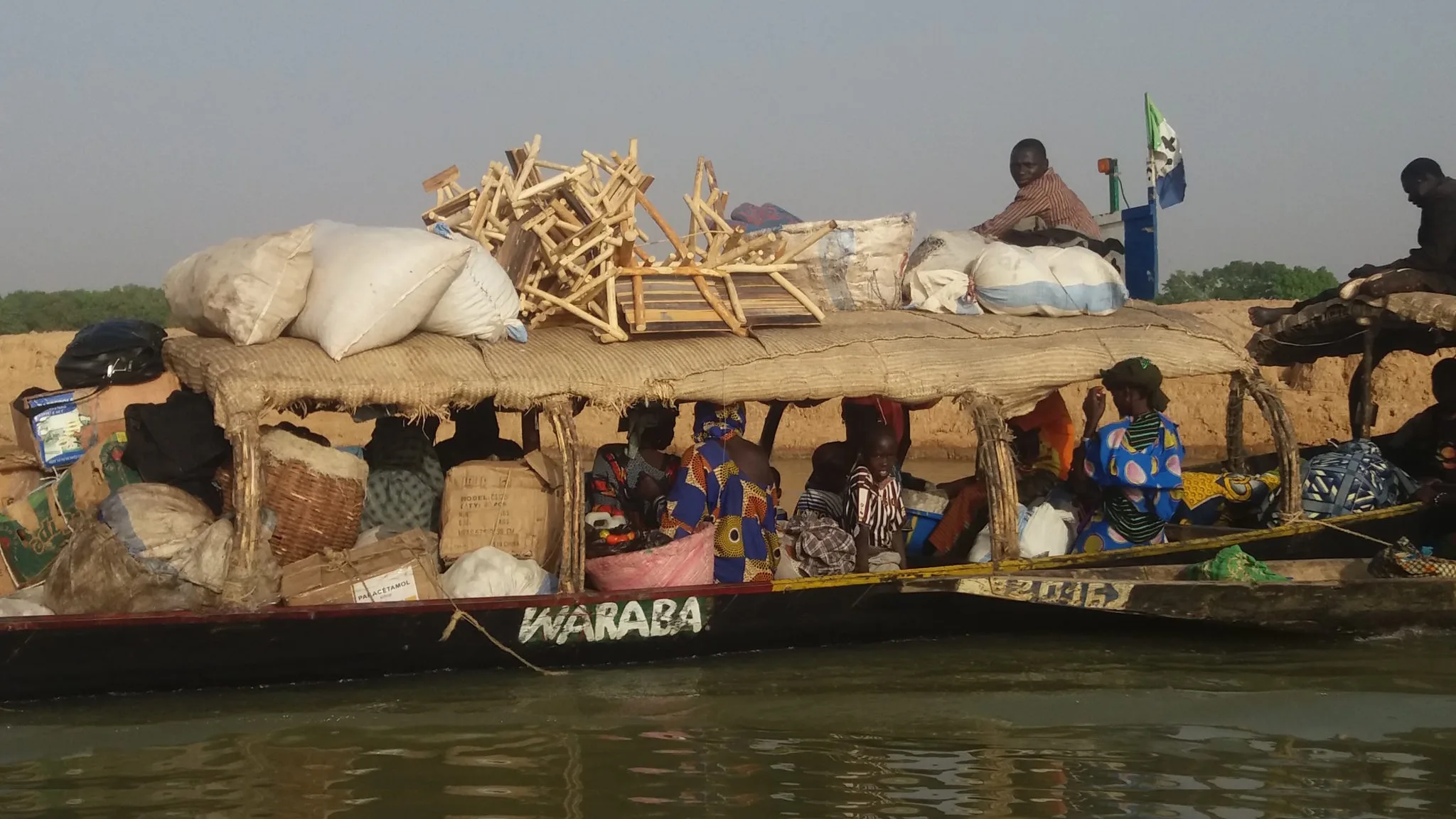In April 2024, Mali experienced a record heatwave with temperatures hitting 48.5°C (119.3°F), the highest April temperature in Africa.
This event is not isolated but part of a concerning trend where extreme temperatures have threatened lives across the continent.
With over 100 deaths attributed to this specific heatwave, the incident underscores the urgent need for comprehensive climate action and adaptation strategies.
The broader challenge lies in the underreporting and inadequate responses to heatwaves across Africa.
Unfortunately, the continent’s heat-related disasters remain largely undocumented.
This lack of documentation results in a significant underestimation of heatwave fatalities and a general unpreparedness to mitigate their effects.

Comparatively, regions like Europe have developed thorough action plans in response to heatwaves, as seen after Europe’s deadly 2003 heatwave.
Similarly, Ahmedabad, India, managed to significantly lower heatwave-induced mortality in 2015 by implementing a dedicated heat action plan.
However, the absence of similar records and acknowledgment in many African nations hampers the development of effective prevention strategies.
The growing climate crisis demands a reassessment of worldwide environmental priorities.
It emphasizes the importance of developing action plans that address the distinct environmental and societal challenges of each region.
Recent unprecedented global temperatures underscore the urgency of worldwide collaboration.
There’s a pressing need for proactive strategies to protect vulnerable populations from the severe impacts of climate change.
Tackling this challenge necessitates recognizing heatwaves as a major climate risk, especially in sub-Saharan Africa.
There must be a commitment to a unified global effort to provide these areas with the necessary tools and knowledge.
This approach aims to help them combat and adapt to these increasingly frequent extreme weather occurrences.

